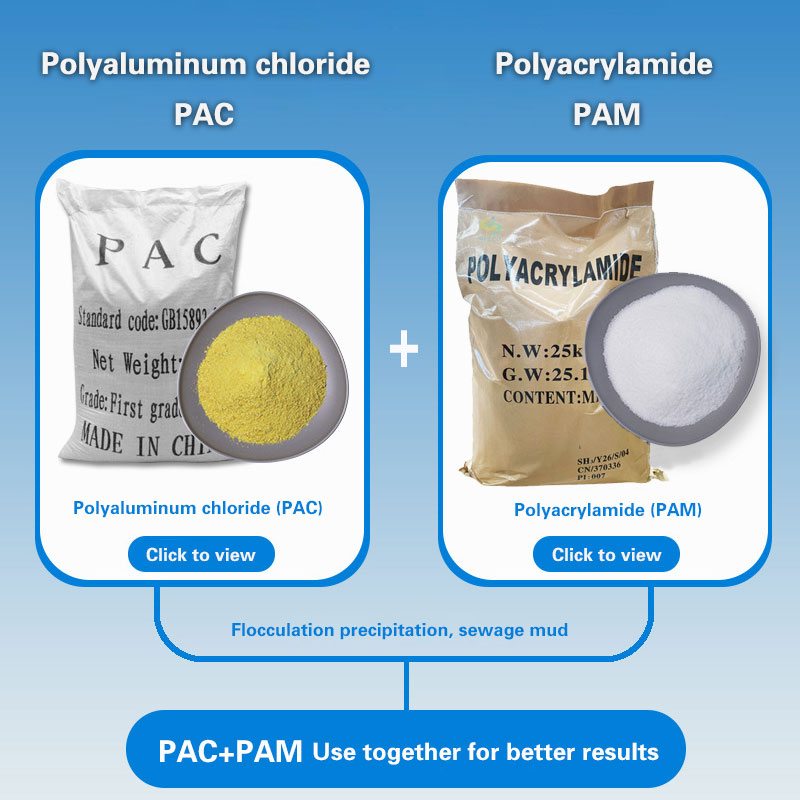
In simple terms, PAC and PAM are a classic "dynamic duo" in wastewater treatment, typically used together in the coagulation and flocculation process.
Click to view →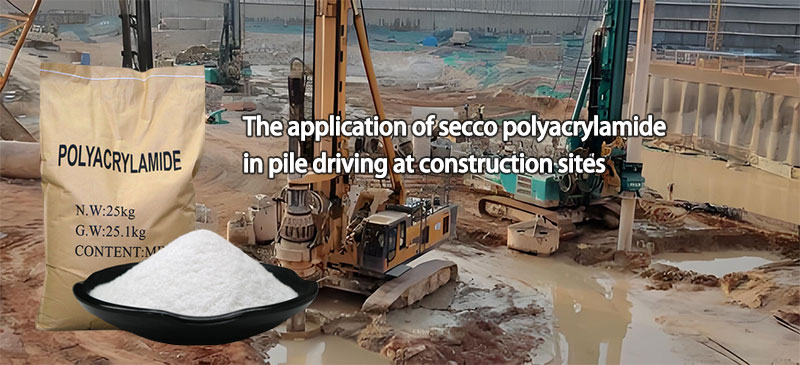
PAM is the abbreviation of polyacrylamide. What roles does it play in drilling? In drilling, it is mainly used as drilling fluid. It can achieve the following effects.
Click to view →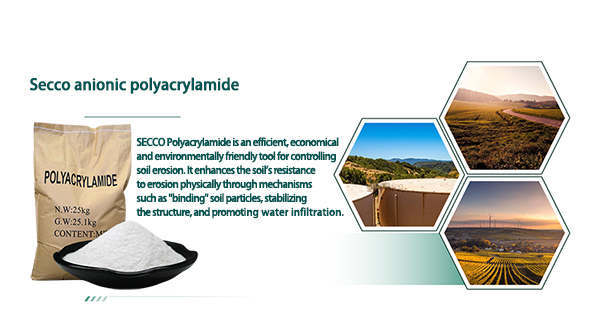
This is a detailed explanation of the role of secco polyacrylamide in preventing soil erosion.
Click to view →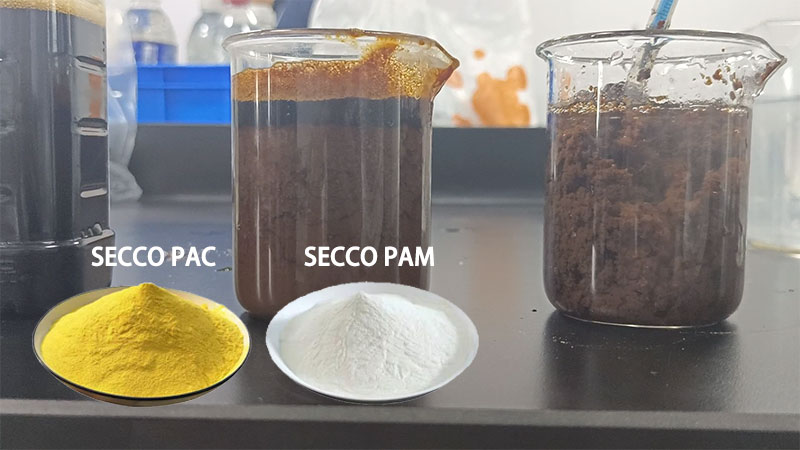
As a trusted supplier of water treatment chemicals, we provide targeted solutions using Polyaluminium Chloride (PAC)and Polyacrylamide (PAM)to address these challenges efficiently.
Click to view →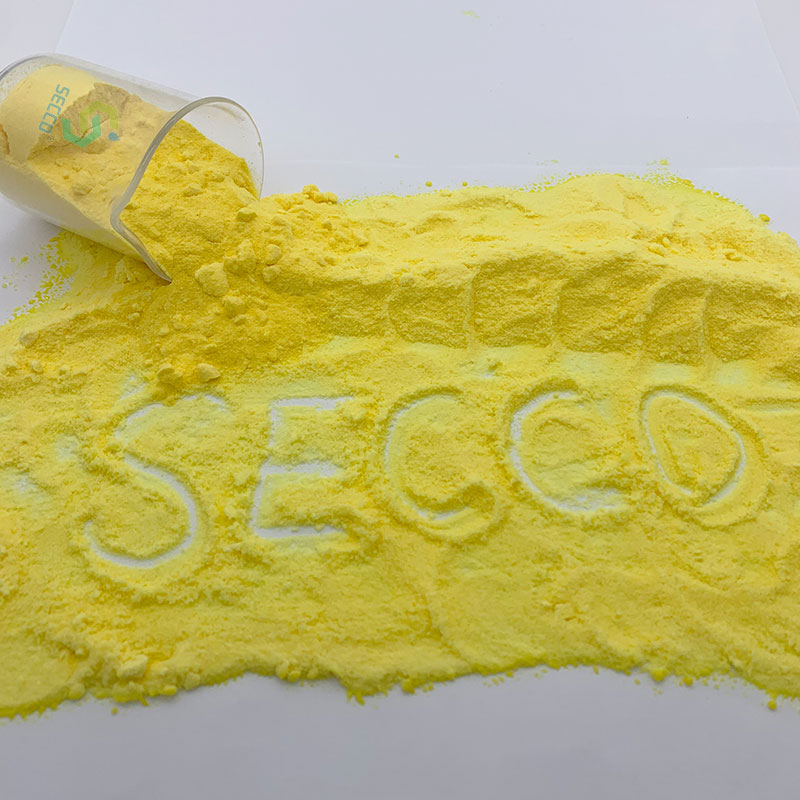
Poly Aluminum Chloride (PAC) is an inorganic polymer coagulant that has revolutionized water treatment processes worldwide. This high-efficacy coagulant and flocculant offers superior performance compared to traditional aluminum salts like alum, providing better turbidity removal, reduced sludge production, and wider pH adaptability.
Click to view →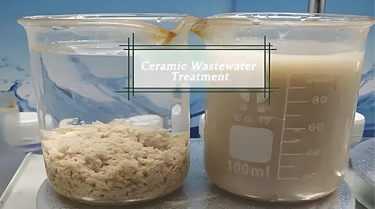
Selecting the correct type of Polyacrylamide (PAM) is crucial for efficient and cost-effective treatment of ceramic wastewater. The primary goal is to rapidly remove suspended solids (SS) through coagulation and flocculation.
Click to view →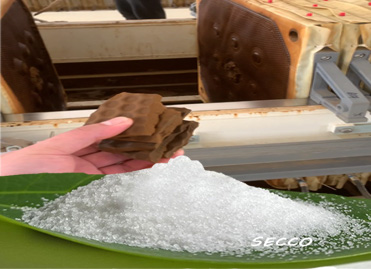
Let's delve into the selection and application of polyacrylamide (PAM) in plate-and-frame filter presses. This is a very crucial and practical issue. Correct selection and application can significantly enhance the efficiency of the filter press and the final moisture content of the sludge cake.
Click to view →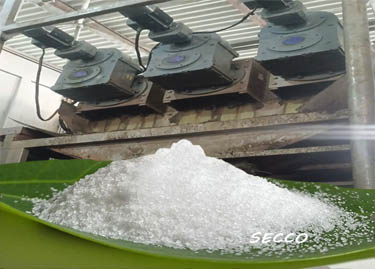
Selection is a systematic procedure that must follow a "Lab Jar Testing -> Pilot-Scale Testing -> Final Selection" workflow. It should never be based solely on datasheets or past experience.
Click to view →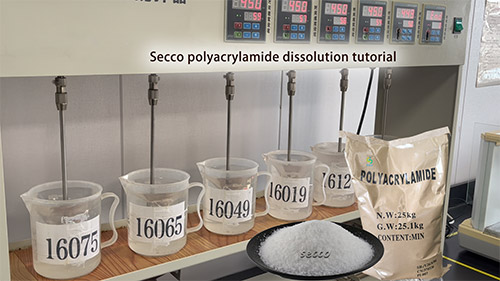
Polyacrylamide (PAM) is a water-soluble linear polymer and is the most critical and widely used flocculant and settling agent in mineral processing wastewater treatment, often regarded as an indispensable "universal aid." Correct selection is paramount, as it directly determines treatment efficiency, operational costs, and the performance of downstream processes.
Click to view →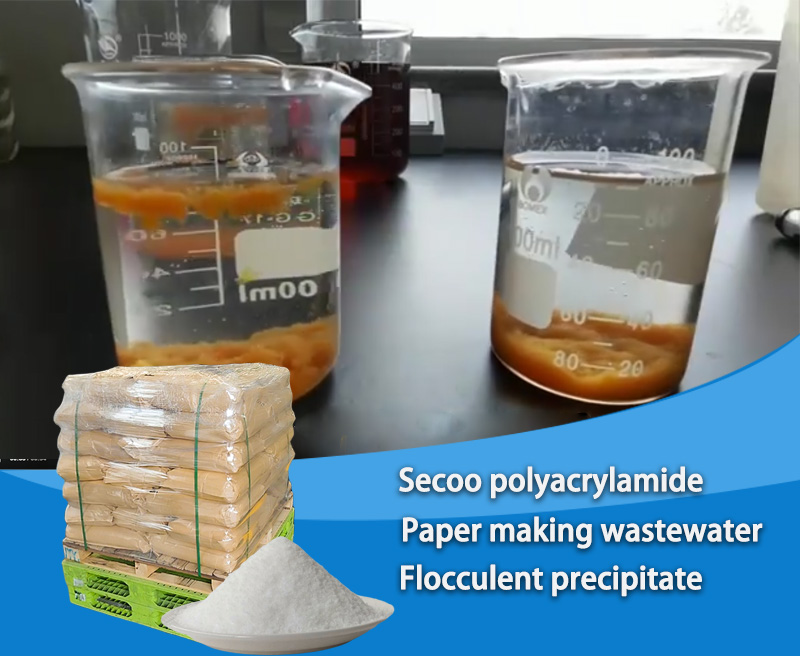
Polyacrylamide (PAM) is a critical chemical agent in treating paper mill wastewater. Its proper selection and application are paramount for efficient operations, compliance with environmental regulations, and cost control.
Click to view →If you are interested in our products or have any questions, please fill in the form below. We will contact you immediately after receiving it. Thank you for your choice